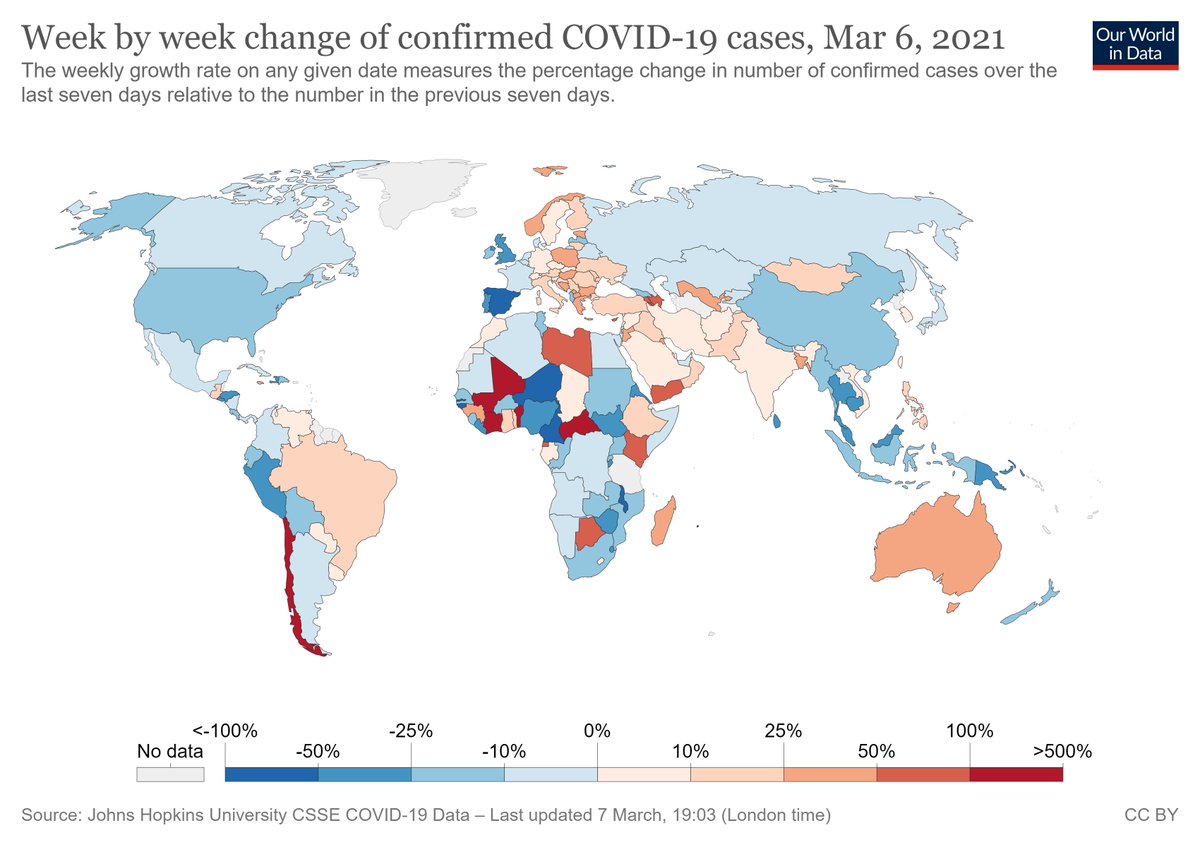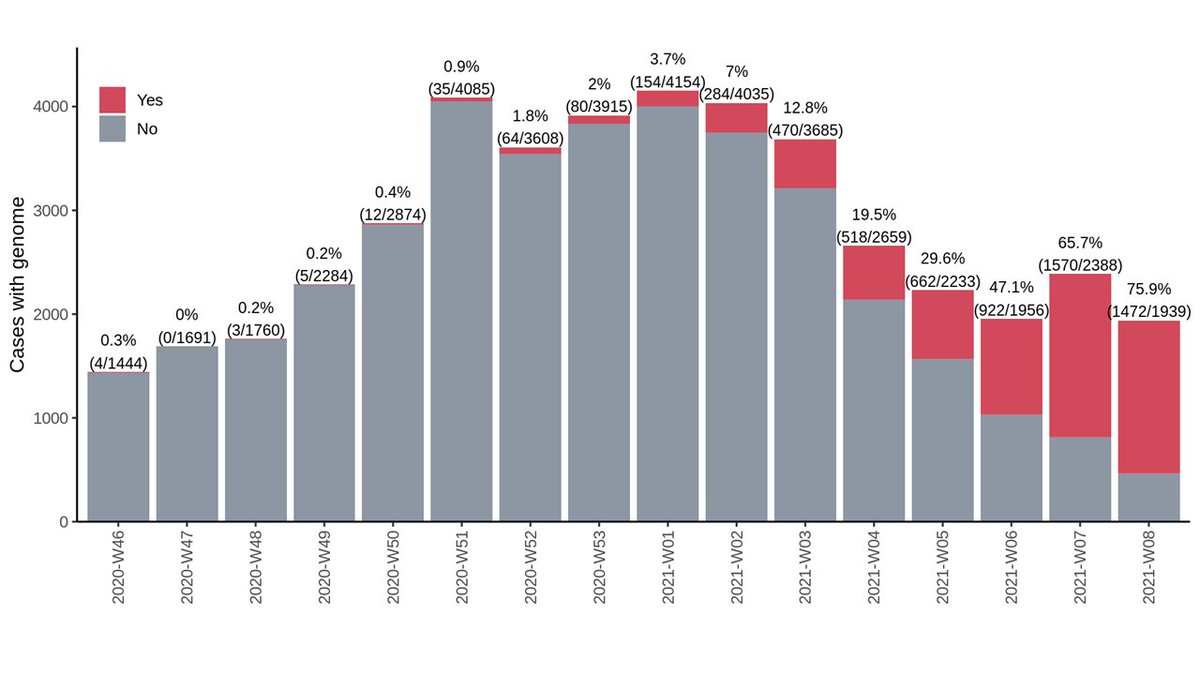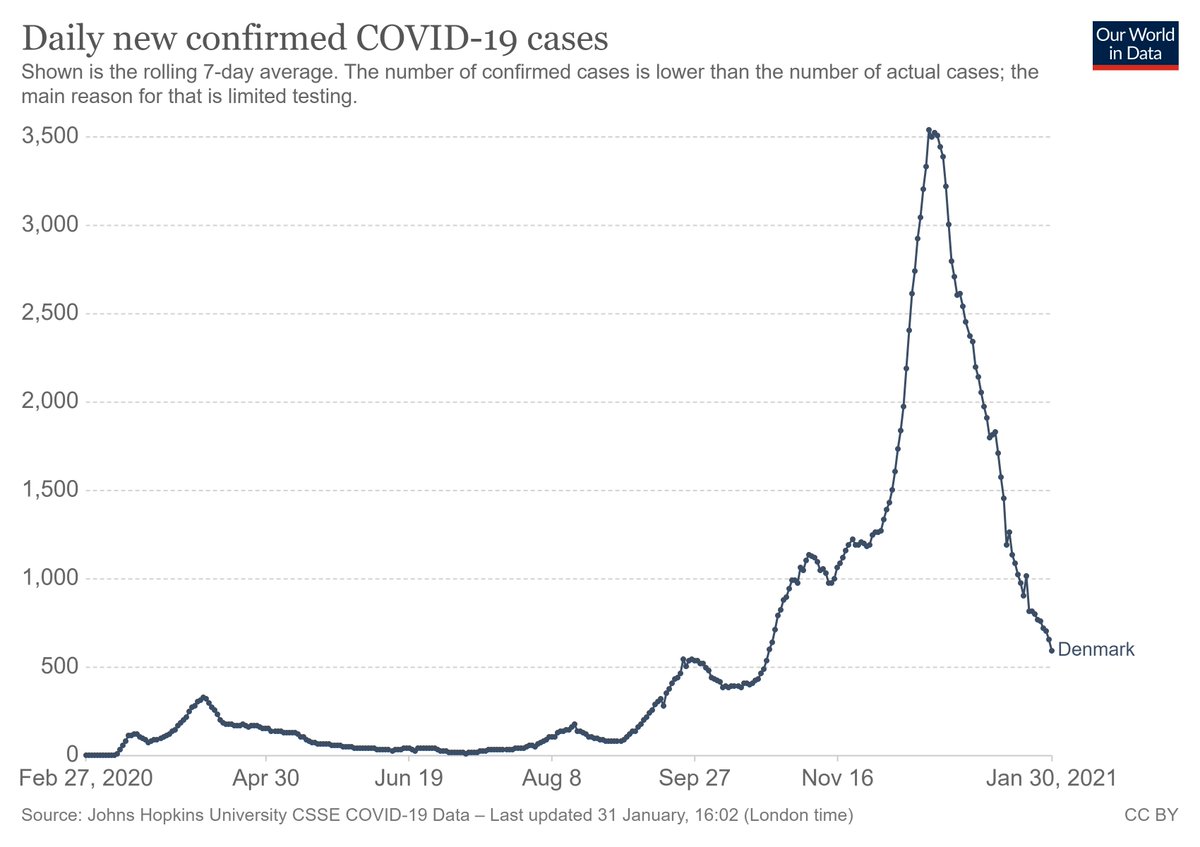
Are you a prospective PhD/fellow/postdoc looking for the right mentor?
A thread on how to approach the process.
Long story short, two steps:
1) Define your "must-have" priorities.
2) Find evidence (reputation & track record) that a potential mentor will help you achieve those.
A thread on how to approach the process.
Long story short, two steps:
1) Define your "must-have" priorities.
2) Find evidence (reputation & track record) that a potential mentor will help you achieve those.
Step 1. Define your "must-have" priorities.
There are many things you can accomplish in a 2-4 year program. No mentor will be excellent in helping mentees achieve all of these. List out your "must-haves": things that you will be disappointed if you don't have/accomplish.
There are many things you can accomplish in a 2-4 year program. No mentor will be excellent in helping mentees achieve all of these. List out your "must-haves": things that you will be disappointed if you don't have/accomplish.
13 things a mentor can provide (non-exhaustive):
- Role model
- High-impact publications
- Work-life balance
- Technical skills
- Networking/introductions
- Support for future job
- Personality fit
- Freedom to choose projects
- Strong team
- Time
- Name recognition
- Funding
- Role model
- High-impact publications
- Work-life balance
- Technical skills
- Networking/introductions
- Support for future job
- Personality fit
- Freedom to choose projects
- Strong team
- Time
- Name recognition
- Funding
Decide on the 3-5 items that are your "must-haves".
It's OK if things like publications and name recognition are important to you at this time in your career. Also OK if they aren't.
The key is to be true to you. This is an important step in discovering your professional self.
It's OK if things like publications and name recognition are important to you at this time in your career. Also OK if they aren't.
The key is to be true to you. This is an important step in discovering your professional self.
Step 2. Find evidence that a mentor will help you achieve your "must-have" goals.
Don't rely on what a potential mentor says in an interview. Bad mentors can interview well, and good mentors can interview poorly.
The best evidence is: (a) track record and (b) reputation.
Don't rely on what a potential mentor says in an interview. Bad mentors can interview well, and good mentors can interview poorly.
The best evidence is: (a) track record and (b) reputation.
Is "role model" a must-have? (It should be.)
Ask your current advisor for the potential mentor's reputation.
Ask other members of their team what it's like to work with them.
Then ask yourself if that's the kind of person you want to have an indelible influence on your career.
Ask your current advisor for the potential mentor's reputation.
Ask other members of their team what it's like to work with them.
Then ask yourself if that's the kind of person you want to have an indelible influence on your career.
Publications?
Don't just look to see if a mentor publishes a lot of papers.
Ask others in the field if those papers are well-regarded.
Most importantly, look to see if other trainees are publishing high-level papers as first author or just getting scraps.
Don't just look to see if a mentor publishes a lot of papers.
Ask others in the field if those papers are well-regarded.
Most importantly, look to see if other trainees are publishing high-level papers as first author or just getting scraps.
Work-life balance?
Ask other members of the potential mentor's team if the mentor is a good role model in this regard.
But more importantly, if they feel they are supported in their own work-life balance vs feeling subtle pressure to always work harder.
Ask other members of the potential mentor's team if the mentor is a good role model in this regard.
But more importantly, if they feel they are supported in their own work-life balance vs feeling subtle pressure to always work harder.
Technical skills?
Choose the skills that are most important to you, then ask others on the team if the mentor is a good person to learn those skills from.
Some mentors can be very engaged in a field but not good teachers of a craft.
And don't forget writing as a skill!
Choose the skills that are most important to you, then ask others on the team if the mentor is a good person to learn those skills from.
Some mentors can be very engaged in a field but not good teachers of a craft.
And don't forget writing as a skill!
Networking? Ask others on the team if the mentor has created linkages for them vs making them reach out on their own.
Job support? Ask for a *complete* listing of the last 5-10 trainees at your level and the jobs they took after leaving.
Job support? Ask for a *complete* listing of the last 5-10 trainees at your level and the jobs they took after leaving.
Personality fit? Ask current trainees to describe what the mentor is like to work with. Especially when things get busy or deadlines get close. Will their style work for you?
Freedom to choose projects? Same thing - ask current team members if they were given that freedom.
Freedom to choose projects? Same thing - ask current team members if they were given that freedom.
Strong team? A good potential mentor will introduce you widely to their team, so you can judge for yourself how they work together.
Time? Ask the potential mentor how much time they typically devote to trainees. Then ask team members to confirm they actually get that much.
Time? Ask the potential mentor how much time they typically devote to trainees. Then ask team members to confirm they actually get that much.
Name recognition? Ask your current advisor (and others) if they would think highly of someone who trained under the potential mentor.
Funding? Ask other faculty at the new mentor's institution if the mentor is well funded - and what the "going rate" for financial support is.
Funding? Ask other faculty at the new mentor's institution if the mentor is well funded - and what the "going rate" for financial support is.
In summary:
First, figure out what is most important to you in the next phase of your career. Think broadly!
Then, ask others who will be honest w you (& review recent track record) for evidence that a mentor will help you achieve your goals.
Good luck with the process!!
First, figure out what is most important to you in the next phase of your career. Think broadly!
Then, ask others who will be honest w you (& review recent track record) for evidence that a mentor will help you achieve your goals.
Good luck with the process!!
• • •
Missing some Tweet in this thread? You can try to
force a refresh













